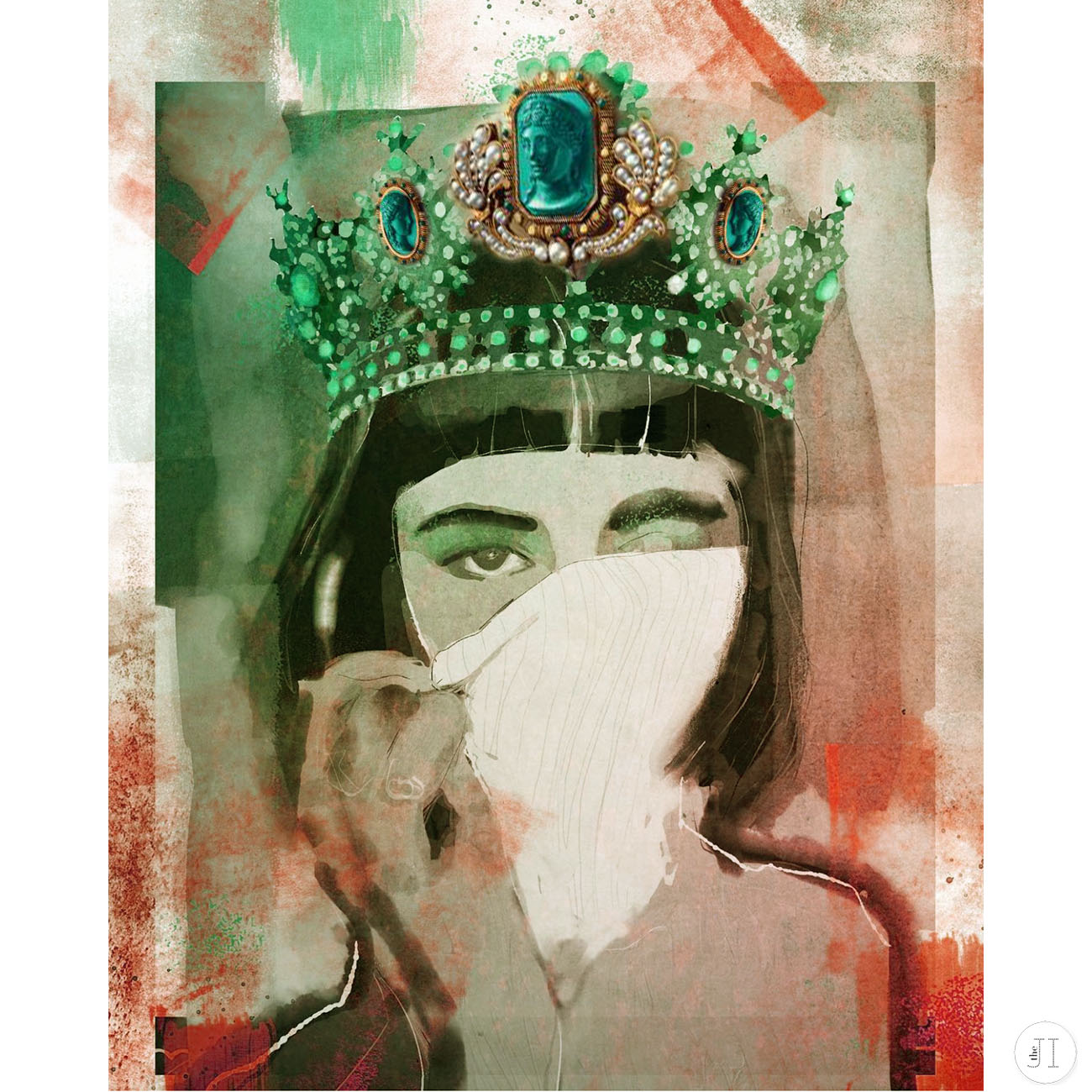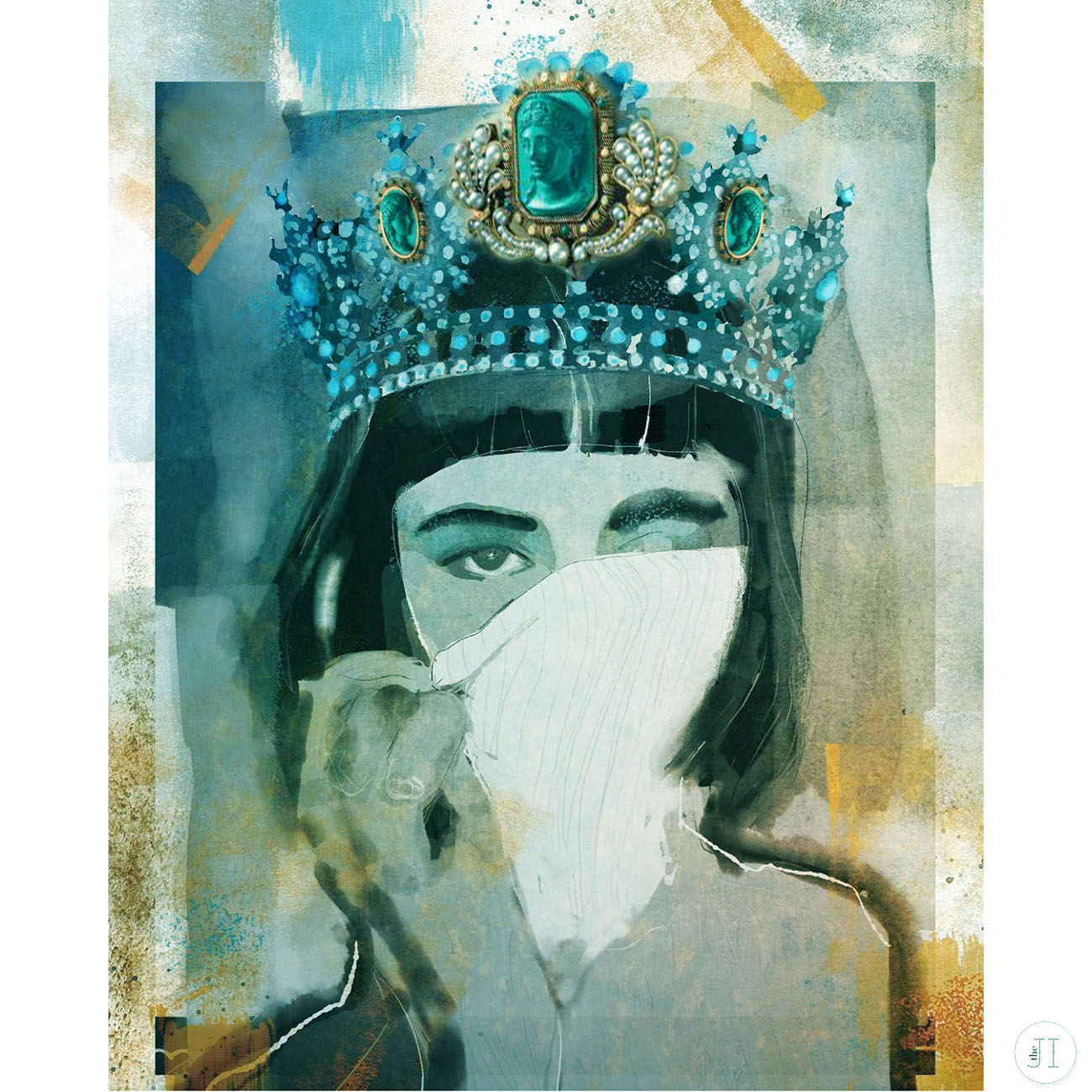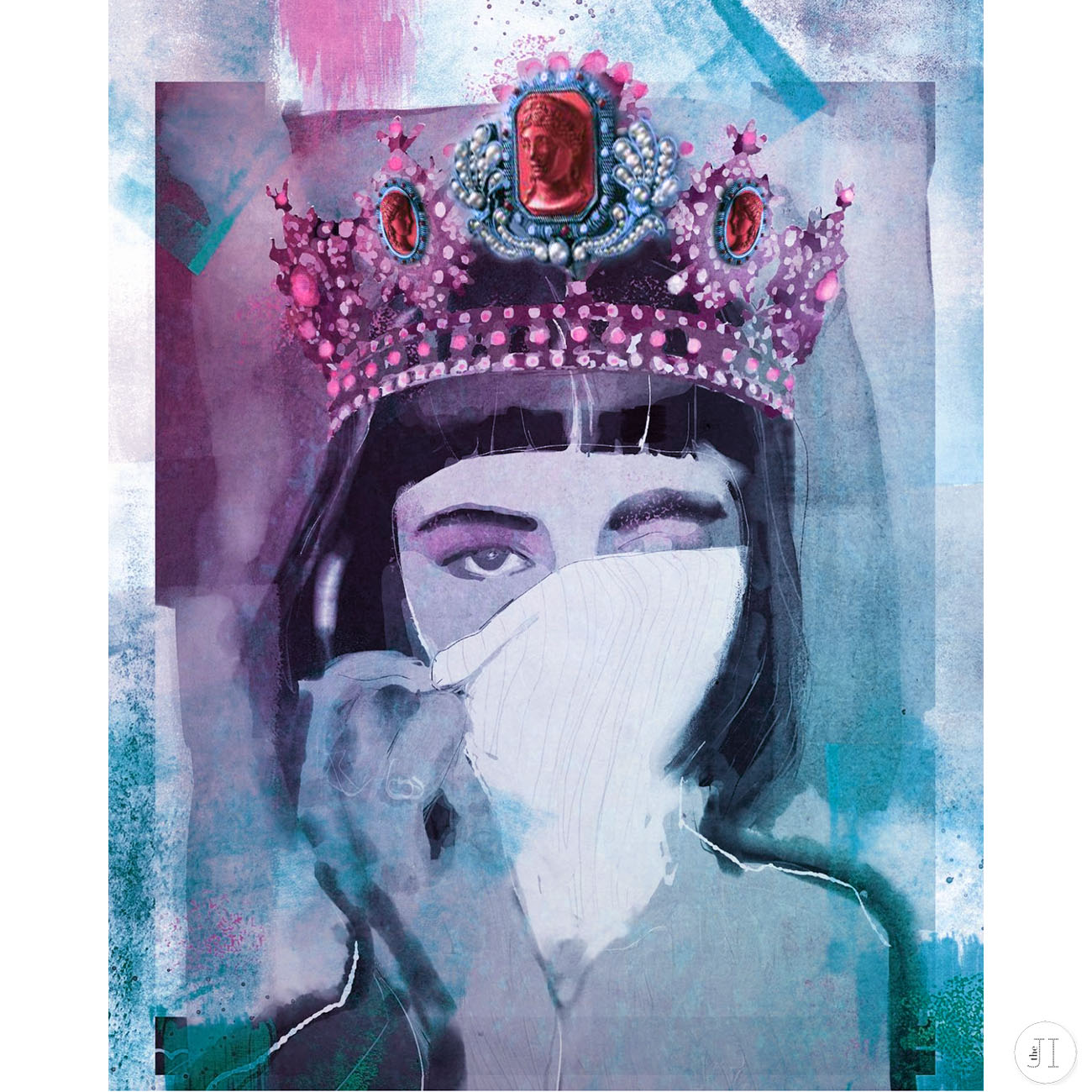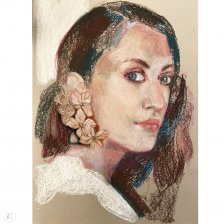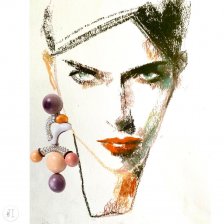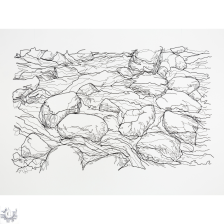A story worth telling: Josephine and Napoleon in chaumet’s exhibition at 12 vendôme
The eagerly-awaited spring in Paris is about to witness an extraordinary event: not only the return of warmth and sun to the city of romance, but also an exceptional exhibition: “Joséphine et Napoléon, une histoire (extra)ordinaire”, an ode to the passionate and tender, turbulent and deep, fleeting and profound royal love and life of these two magnificent historical figures, and an inspired way to commemorate the bicentennial of Napoleon’s death.
The path of the royal couple first crossed with François-Regnault Nitot, son of the founder of Maison Chaumet Marie-Étienne Nitot, in 1805 in Milan, where Napoleon and Josephine were preparing to be crowned King and Queen of Italy.
Josephine was astounded by Nitot’s work, and he was appointed her favored jeweler. In turn, the modern and free, elegant and strong-willed, splendid and powerful Empress, who reinvented royal style and fashion, has remained for more than two centuries Chaumet’s muse.
Tiaras, aigrettes, laurel and oak leaves – symbols of power borrowed from Antiquity, sentimental jewelry featuring colored stones spelling out the names of her children, Eugène and Hortense, gold, pearls, diamonds and colored gems, joyful and elegant, bold and innovative combinations reflect the Empress’s unique personality, femininity and tender maternal love.
Napoleon himself looked at jewelry from a highly political perspective. During the French Revolution, the French crown jewels had been destroyed. When Napoleon declared himself the Emperor, one of his aims was to return to himself and his family the sumptuous royal aura of majesty. To that end, he requested that Nitot should create a new gold coronation crown, designed in the style of the ancient crown of France – the Crown of Charlemagne – a clear demonstration of Bonaparte’s identification with Charlemagne, or Charles the Great (King of the Franks, King of the Lombards, and Emperor of the Romans) destroyed during the French Revolution, along with a new set of crown jewels.
Napoleon also revived the tiara as a symbol of imperial power. This fashionable and majestic instrument of displaying dominance and authority became a trend that spread across Europe’s aristocracy.
In her research, jewelry historian Diana Scarisbrick mentions that Napoleon authorized the removal of over eighty cameos and intaglios from the state collection of the Cabinet des Médailles which were then nested in a set of tiara, necklace, belt and bracelets designed for the Empress, but which, due to the abundance of precious stones, proved to be too heavy for her to wear. Yet, as Diana tells in her research, Josephine found other ways to enjoy this magnificent parure: taking it from the jewelry box and discussing its splendor with close friends.
The story of Napoleon and Josephine is the story of a marriage, which was not well received by Napoleon’s family, since Josephine was six years older and a widow with two children. It’s the story of Napoleon being crazy in love with Josephine, time and again proved by the passionate letters he wrote to her during their separation as he was leading the French army into Italy. It’s the story of Josephine rarely writing back to him, and when she did, it was with lukewarm and less than enthusiastic responses. It’s the story of Josephine’s affair with Hippolyte Charles, a lieutenant in the Hussar regiment, which cooled Napoleon’s love for her. It’s the story of Napoleon’s subsequent affair with Pauline Fourès – “Napoleon’s Cleopatra” – and his other affairs, as well as his famous statement “Power is my mistress”.
“Joséphine et Napoléon, une histoire (extra)ordinaire” will feature over 150 exhibits: pieces of jewelry, paintings and other works of art, along with examples of correspondence and illustrated documents, from the historical collection of Maison Chaumet, Bibliothèque Nationale de France, Musée de l’Armée, Archives Nationales, Fondation Napoléon, Musée du Louvre, Château de Fontainebleau, Musée National des Châteaux de Malmaison et Bois-Préau, Musée Masséna, Musée Carnavalet, Fondation Dosne-Thiers, as well as loans from private collectors.
The exhibition will be open from 10 April to 12 June 2021, at the salons of Maison Chaumet at 12 Vendôme, Paris.

